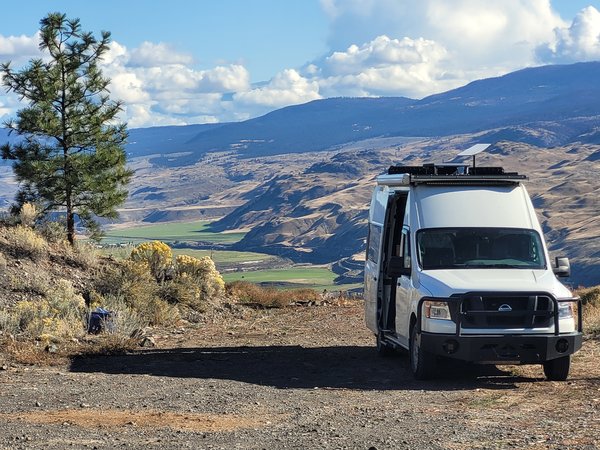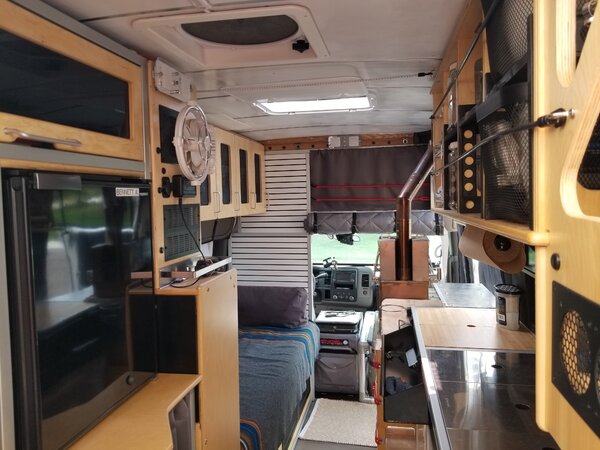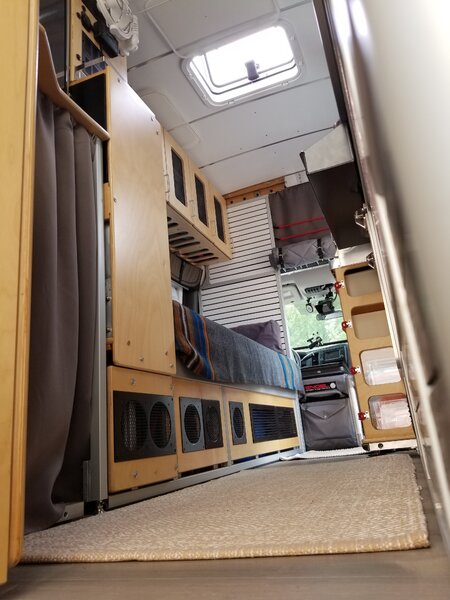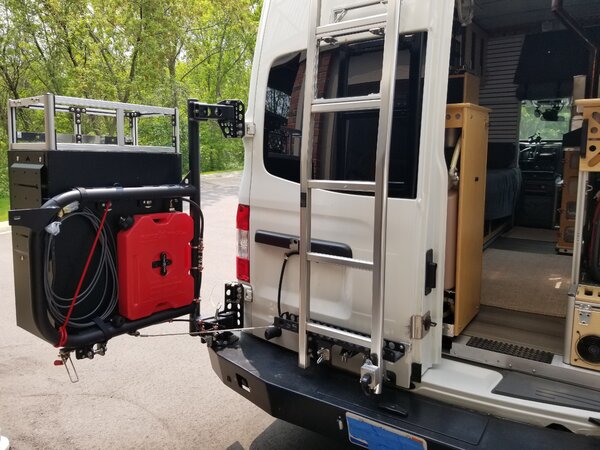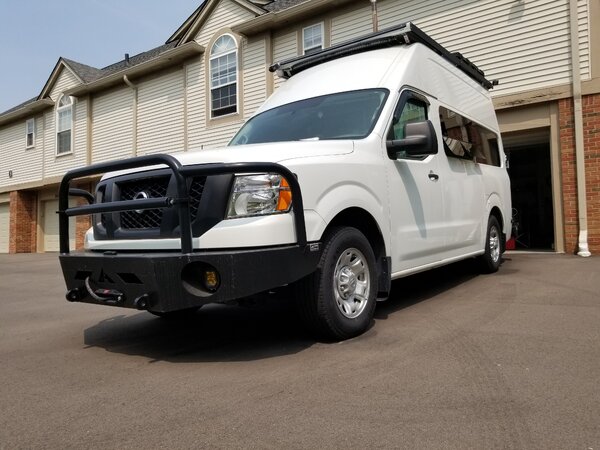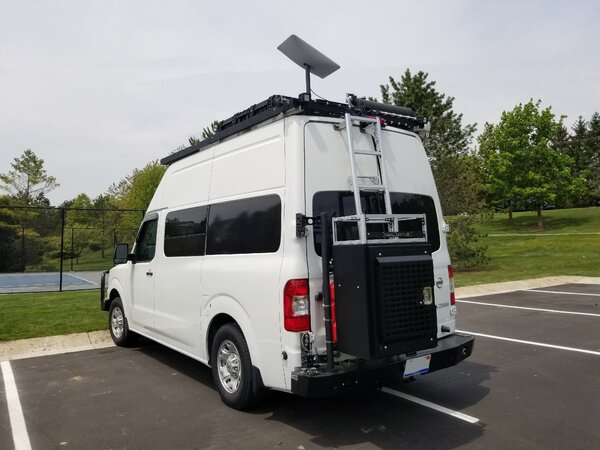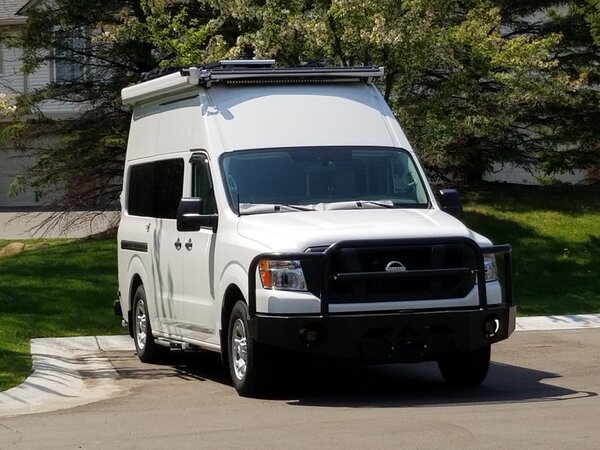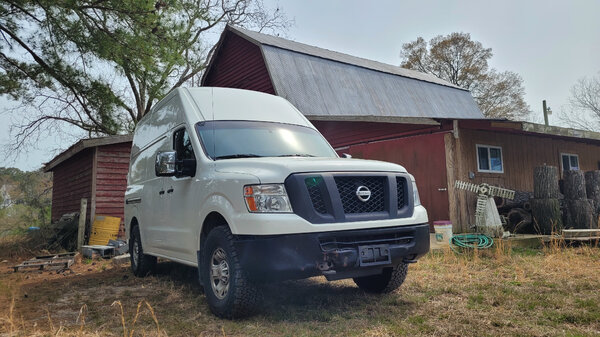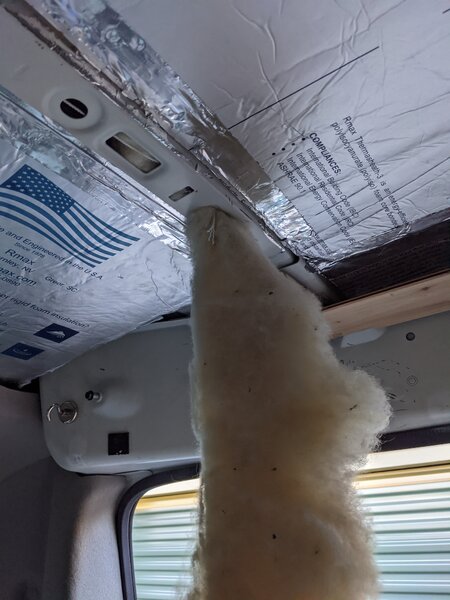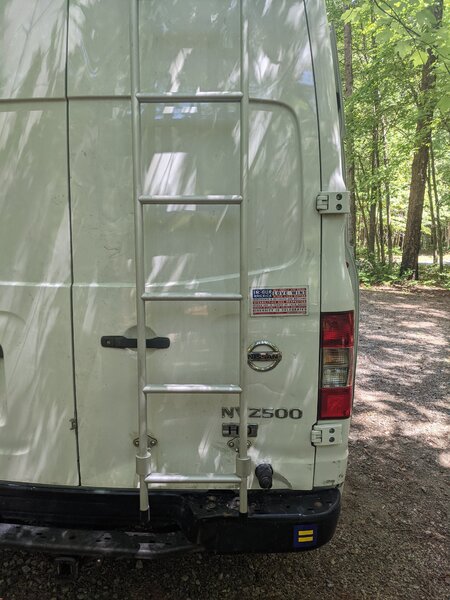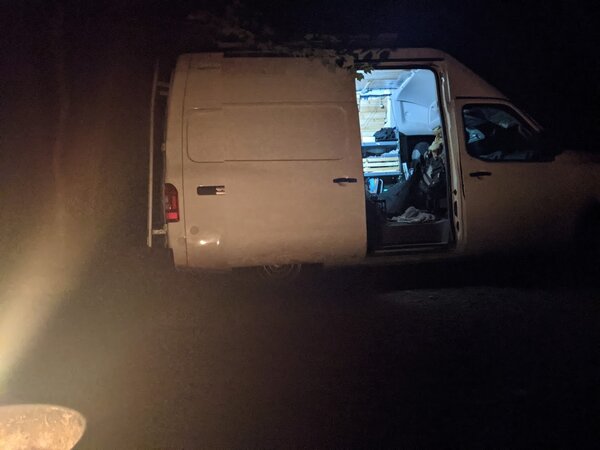Forums
-
Nissan NV Social
-
- 2,863
- posts
-
- 214
- posts
-
- 99
- posts
-
- 2,265
- posts
-
- 691
- posts
-
-
Nissan NV Models
-
Nissan NV Modifications & Tech
-
- 975
- posts
-
- 195
- posts
-
- 174
- posts
-
- 458
- posts
-
- 267
- posts
-
- 820
- posts
-
- 213
- posts
-
- 1,160
- posts
-
- 657
- posts
-
- 249
- posts
-
- 241
- posts
-
- 959
- posts
-
- 545
- posts
-
- 115
- posts
-
- 643
- posts
-
- 32
- posts
-
- 169
- posts
-
-
Classifieds
-
- 186
- posts
-
- 119
- posts
-
-
Nissan NV Community
-
- 216
- posts
-
-
Test Track
-
- 4
- posts
-





